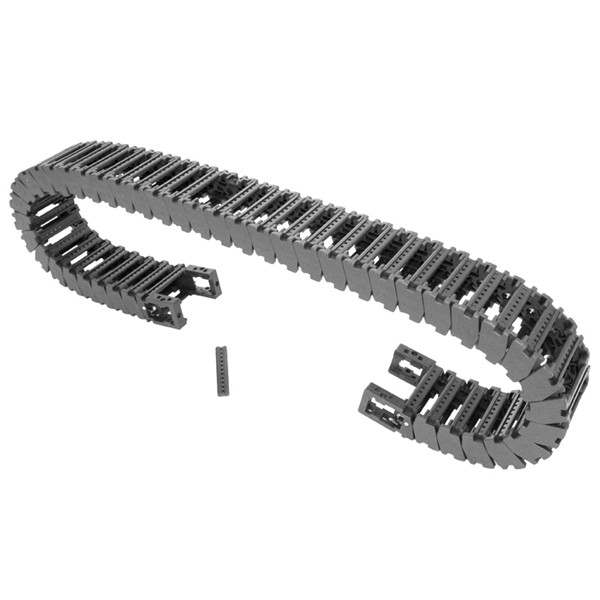cable chain track
Understanding Cable Chain Tracks An Essential Component in Modern Machinery
Cable chain tracks, often referred to as drag chains or energy chains, play a crucial role in various sectors of modern machinery and automation. They serve as protective conduits that organize and guide cables and hoses, providing flexibility and safety in applications ranging from industrial robots to CNC machines.
At their core, cable chain tracks consist of a series of interconnected links that create a flexible channel, allowing cables and hoses to move freely with the motion of machines. This movement could involve linear shifts or rotational motions, depending on the machine's design. The primary function of these tracks is to prevent tangling and abrasion of cables and hoses, thus extending their lifespan and ensuring the reliable operation of equipment.
One of the significant advantages of using cable chain tracks is their versatility. They come in various sizes, materials, and designs to accommodate different types of cables and hoses, including power cables, data cables, pneumatic hoses, and hydraulic lines. Common materials include plastic, metal, and even high-performance composites, each providing different mechanical properties such as resistance to chemicals, temperature extremes, and UV exposure.
cable chain track

Installation of cable chain tracks is relatively straightforward, but it does require careful planning and consideration of the application requirements. Engineers must account for factors such as the bending radius, the length of the travel distance, and the weight of the cables being housed. Additionally, proper sizing of the cable chain track is essential to prevent issues such as excessive wear, friction, and strain on the cables.
In terms of applications, cable chain tracks are ubiquitous in automated environments, where they contribute to enhanced efficiency and organization. For example, in industrial settings, robotic arms use these tracks to manage wiring effectively while ensuring uninterrupted performance during rapid movements. Similarly, CNC machines benefit from smoother operations and reduced downtime, directly translating into higher productivity levels.
Beyond industrial use, cable chain tracks can also be found in various other sectors, including automotive, aerospace, and entertainment. In these fields, maintaining cable integrity and organization is paramount, as failures can lead to costly repairs and safety issues.
In conclusion, cable chain tracks are an indispensable component in modern machinery, providing an efficient solution for managing cables and hoses. Their ability to protect and organize while facilitating movement not only enhances the performance of machines but also contributes to their longevity. As technology evolves, the design and functionality of cable chain tracks will continue to improve, further solidifying their place as a critical element in the machinery of tomorrow.








